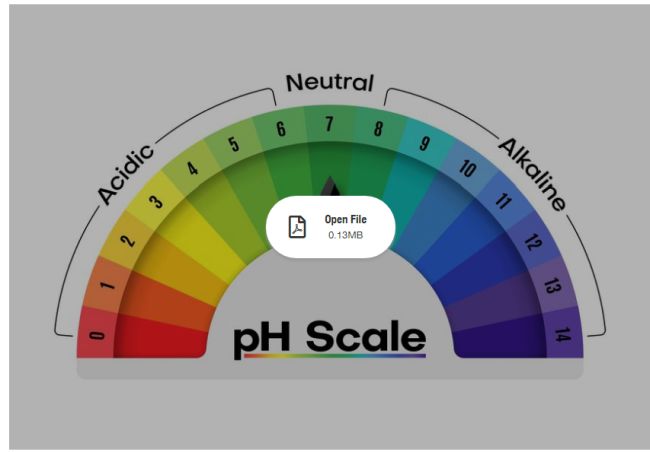- with Senior Company Executives and HR
- with readers working within the Pharmaceuticals & BioTech industries
The Federal Circuit's claim construction gospel set forth in Phillips has been entrenched in the minds of patent litigators for nearly 20 years.1 The intrinsic evidence - the claims, specification, and prosecution history - is usually "dispositive" and is "the single best guide to the meaning of a disputed term." Except when it is not, and then so-called extrinsic evidence may be consulted to shed light on the meaning of a disputed claim term to a skilled artisan (we'll call this fictional artisan "POSA" for brevity).
Earlier today, the Federal Circuit issued a precedential opinion in Actelion Pharms. Ltd. v. Mylan Pharms., Inc. instructing the district court to re-construe "a pH of 13 or higher" in view of the extrinsic evidence. At first glance, this phrase might appear to require no more than its plain language meaning, let alone a sweeping inquiry into textbooks and extrinsic evidence. However, the parties disputed the "specific lower limit" connoted by "a pH of 13." Actelion asserted that this limit was subject to arithmetic rounding principles (e.g., 12.5-13.4); Mylan asserted that the limit has a floor of 13.0 in the absence of any word of "approximation."
The Federal Circuit panel determined that the intrinsic evidence was ambiguous as to the specific lower limit. It determined that the claim language did not foreclose rounding and that neither the presence nor the absence of a word of approximation (i.e., "about") was dispositive. It also determined that the "specification supplies the same clarity a to the desired level of precision as muddied water." The specification equated "13" with "13.0" except when it did not, described embodiments having a pH in the range of 12.5-13.5, and failed to establish whether a pH between 12-13 would have a substantive impact on the stability of the claimed formulation. Similarly, the prosecution history demonstrated that the claim had been amended to avoid prior art, but not in a way so clear as to distinguish 12.5 from 13. Thus, the intrinsic evidence was deemed ambiguous.
The Federal Circuit remanded the case because the district court had not given proper weight to the parties' extrinsic evidence (i.e., textbooks) in originally construing the term. The issue on remand will be on how a POSA would determine the precision afforded "a pH of 13," including whether a pH value, or the hydrogen ion concentration it reflects, having "zero" significant figures may affect the specified lower limit. Mylan's alternative argument was that "a pH of 13 would involve rounding to the hundredths place, encompassing 12.995-13.004."
This case provides a stark reminder that the presentation of extrinsic evidence in the claim construction process should not be overlooked or substantively relegated even when the language of disputed term might otherwise appear straightforward.
Footnote
1. Phillips v. AWH Corp., 415 F.3d 1303 (Fed. Cir. 2005)
"At the same time, the extrinsic evidence relied on by the parties—but unconsidered by the district court— appears highly relevant to how a person of ordinary skill would understand the language "a pH of 13."
***
We find that this case is one where the proper claim construction cannot be reached without the aid of extrinsic evidence, and that the district court should have considered, at minimum, the textbook excerpts offered and addressed by the parties.
The content of this article is intended to provide a general guide to the subject matter. Specialist advice should be sought about your specific circumstances.



